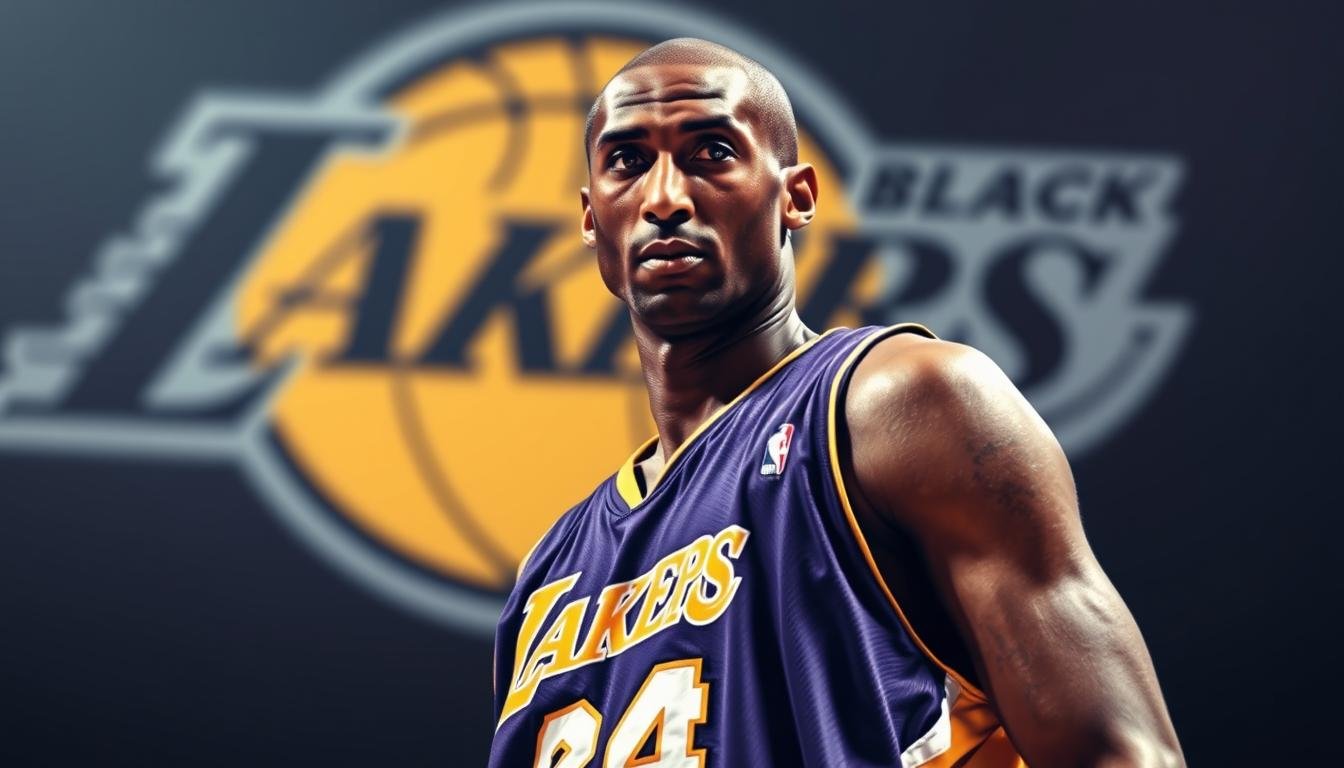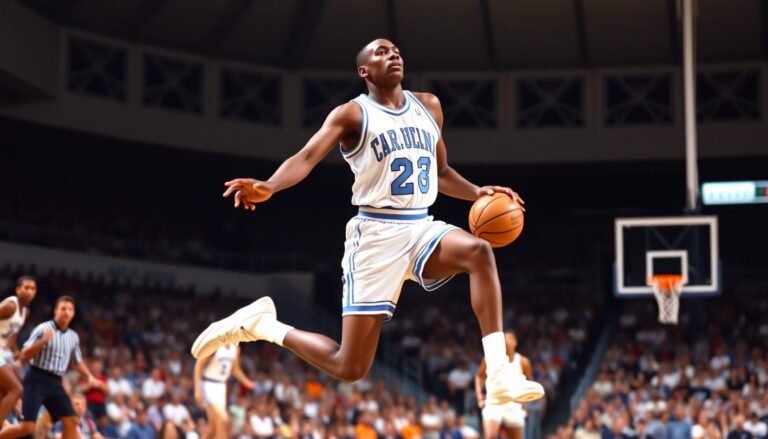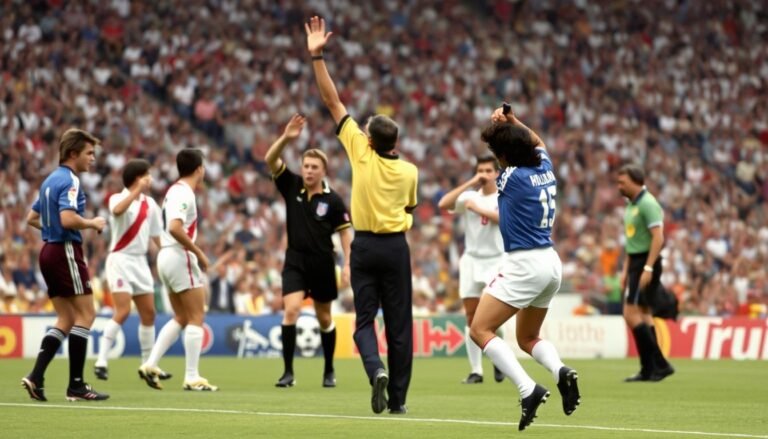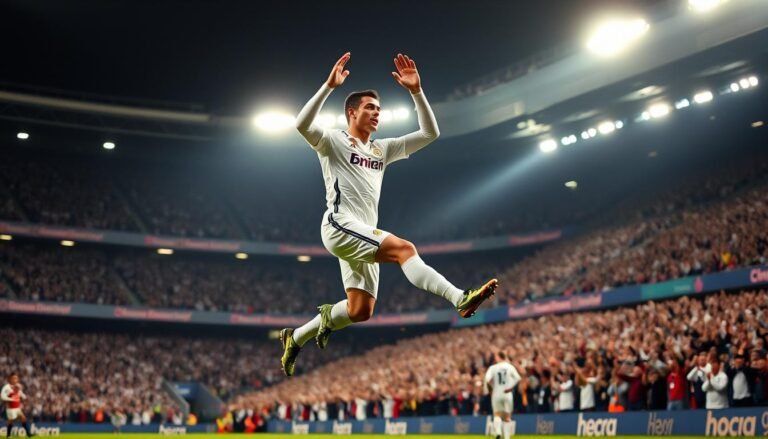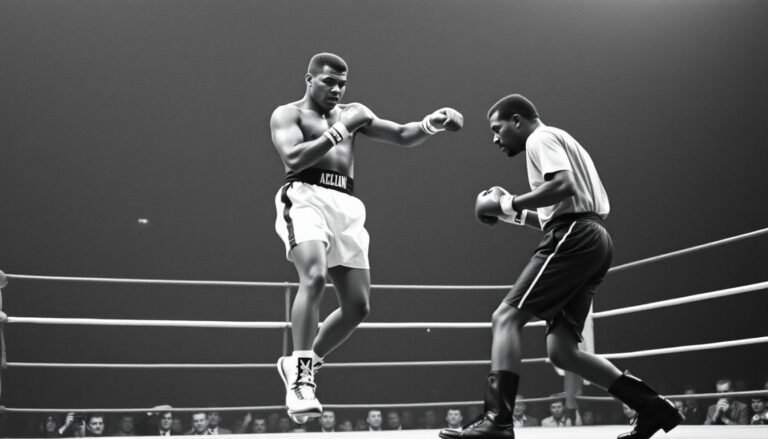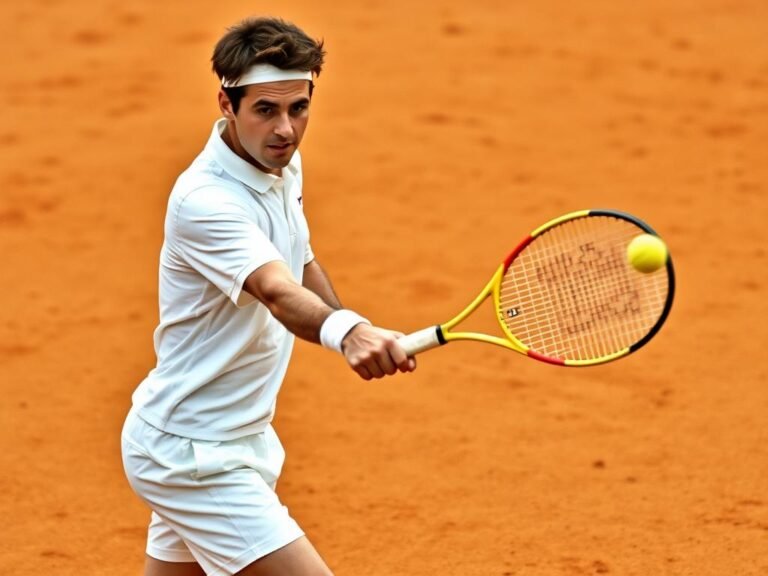Kobe Bryant’s Mamba Mentality: The Philosophy Behind a Legend’s Success
When Kobe Bryant stepped onto the court, something changed in the atmosphere. It wasn’t just his skill that commanded attention—it was his mindset. The intensity in his eyes, the unwavering focus, and the relentless drive to be better than yesterday. This was the essence of what became known worldwide as the “Mamba Mentality.” More than just a catchphrase, it represented a philosophy that transformed a talented teenager into one of basketball’s greatest legends and continues to inspire millions beyond the court.
The Mamba Mentality transcends basketball. It’s a blueprint for excellence that can be applied to business, personal goals, and everyday challenges. In this article, we’ll explore the origins of this powerful mindset, its core principles, and how you can harness its transformative potential in your own life—regardless of whether you’ve ever picked up a basketball.
The Birth of the Black Mamba
Kobe Bryant embraced the Black Mamba persona as part of his mental approach to the game
The term “Mamba Mentality” wasn’t born on the court but emerged during a pivotal moment in Kobe’s life. In 2003-2004, facing personal challenges and public scrutiny, Bryant sought to create a mental framework that would allow him to compartmentalize and focus solely on basketball excellence.
After watching Quentin Tarantino’s “Kill Bill,” where the assassin used the codename “Black Mamba,” Kobe found his alter ego. The black mamba snake is known for its agility, aggressiveness, and deadly precision—qualities that mirrored Bryant’s approach to basketball.
“I had to separate myself,” Bryant once explained. “It felt like there were so many things coming at once. I needed to organize things. So I created The Black Mamba.” This wasn’t just a nickname—it was a complete mental framework that would define the second half of his career and ultimately his legacy.
“If you see me in a fight with a bear, pray for the bear.” — Kobe Bryant
Anatomy of a Champion’s Mindset
The Mamba Mentality isn’t a vague concept—it’s built on specific principles that Bryant meticulously developed and followed throughout his career. Understanding these core elements provides the foundation for applying this philosophy to any pursuit.
Obsessive Work Ethic
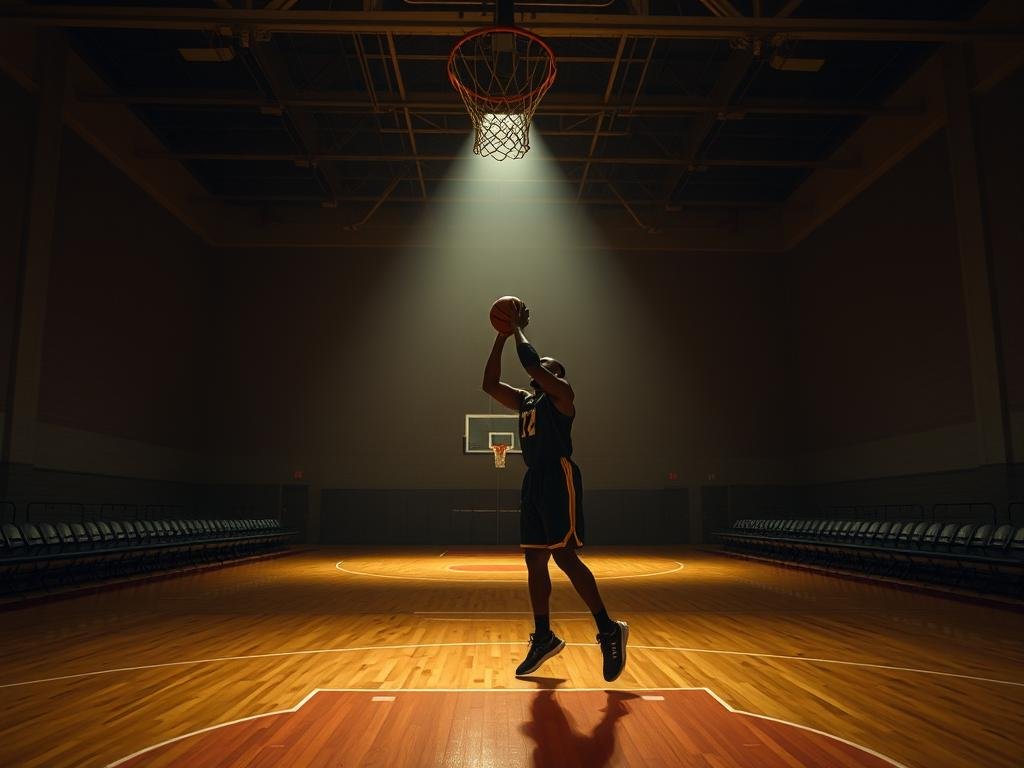
Bryant was famous for his 4 a.m. workouts, often arriving hours before teammates
At the core of the Mamba Mentality is an uncompromising work ethic. Kobe was legendary for his 4 a.m. workouts, often arriving at the gym hours before teammates. Former Lakers trainer Gary Vitti recalled, “Kobe would practice for three hours, 4:30 to 7:30 a.m., before practice even started.”
This wasn’t just about putting in time—it was about the quality of that time. Bryant approached practice with game-like intensity, focusing on specific skills until they were mastered. He once made 1,000 shots per day during summer training, not just attempts—made shots.
Rob Pelinka, Bryant’s former agent and current Lakers General Manager, shared that Kobe would practice specific moves hundreds of times: “When you watch him shoot a turnaround jumper in a game, that’s not luck. That’s 20,000 repetitions.”
Relentless Improvement
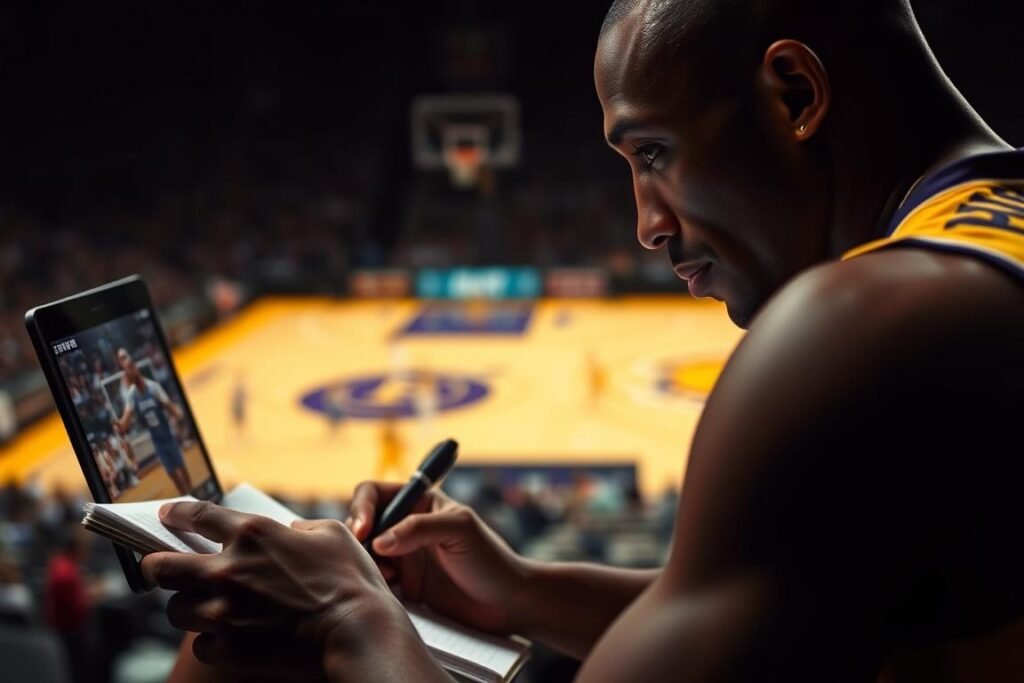
Bryant was known for his meticulous film study and constant desire to improve
The Mamba Mentality embraces a growth mindset at its core. Bryant was never satisfied, always finding aspects of his game to refine. After winning championships, he would immediately identify weaknesses to address in the offseason.
This principle was evident in how Bryant studied the game. He would analyze footage of NBA legends like Michael Jordan, Hakeem Olajuwon, and Jerry West, incorporating elements of their techniques into his own game. He even reached beyond basketball, studying how great white sharks hunt and how cheetahs move to improve his own approach.
“It’s not about the end result,” Bryant said in his documentary “Muse.” “It’s about the journey, the process, the work. That’s where the satisfaction comes from.”
Fearless Competitiveness
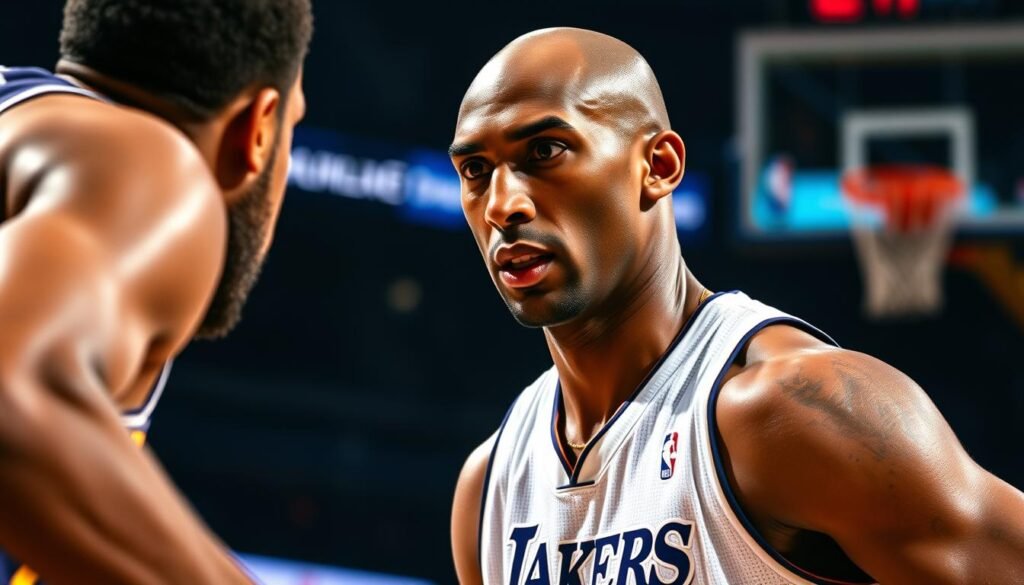
Bryant’s competitive fire was legendary among teammates and opponents alike
Perhaps the most visible aspect of the Mamba Mentality was Bryant’s fearless approach to competition. He wasn’t just playing to win—he was playing to dominate. This mindset was evident in his rookie year when, despite airballing crucial shots in a playoff game against Utah, he continued shooting without hesitation.
Jerry West, Lakers legend and the executive who brought Bryant to Los Angeles, noted: “I really thought that was a defining moment in his career. If somebody would have shot an airball on our team and they had shot a second one, they wouldn’t shoot a third one. He was fearless.”
This fearlessness extended beyond just taking shots. Bryant played through numerous injuries, including a broken finger, sprained ankles, and most famously, making two free throws after tearing his Achilles tendon before walking off the court under his own power.
“Everything negative—pressure, challenges—is all an opportunity for me to rise.” — Kobe Bryant
Mamba Mentality in Action
The principles of Mamba Mentality weren’t just theoretical—they manifested in specific moments throughout Bryant’s career that demonstrated the power of his approach.
The 81-Point Game
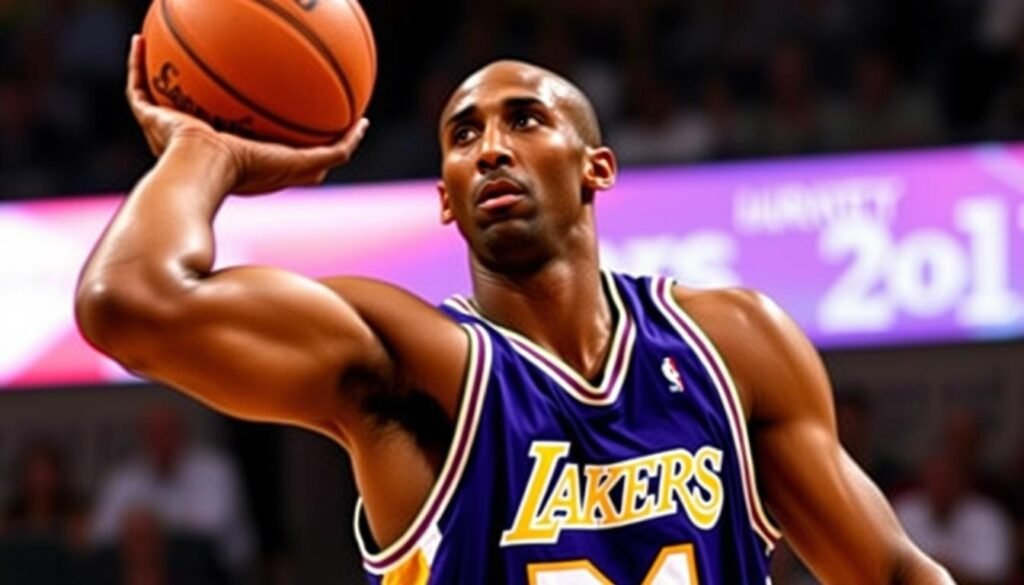
Bryant’s 81-point performance against Toronto remains the second-highest scoring game in NBA history
On January 22, 2006, Bryant scored 81 points against the Toronto Raptors—the second-highest single-game total in NBA history. What’s often overlooked is the preparation that made this possible. Bryant had refined his conditioning to the point where he could maintain peak performance throughout an entire game.
Former teammate Brian Shaw revealed that Bryant would sometimes work out at 3 a.m., then return for team practice at 11 a.m., showing no signs of fatigue. This extraordinary conditioning allowed him to score 27 points in the third quarter and 28 in the fourth during the historic 81-point game.
The Achilles Free Throws
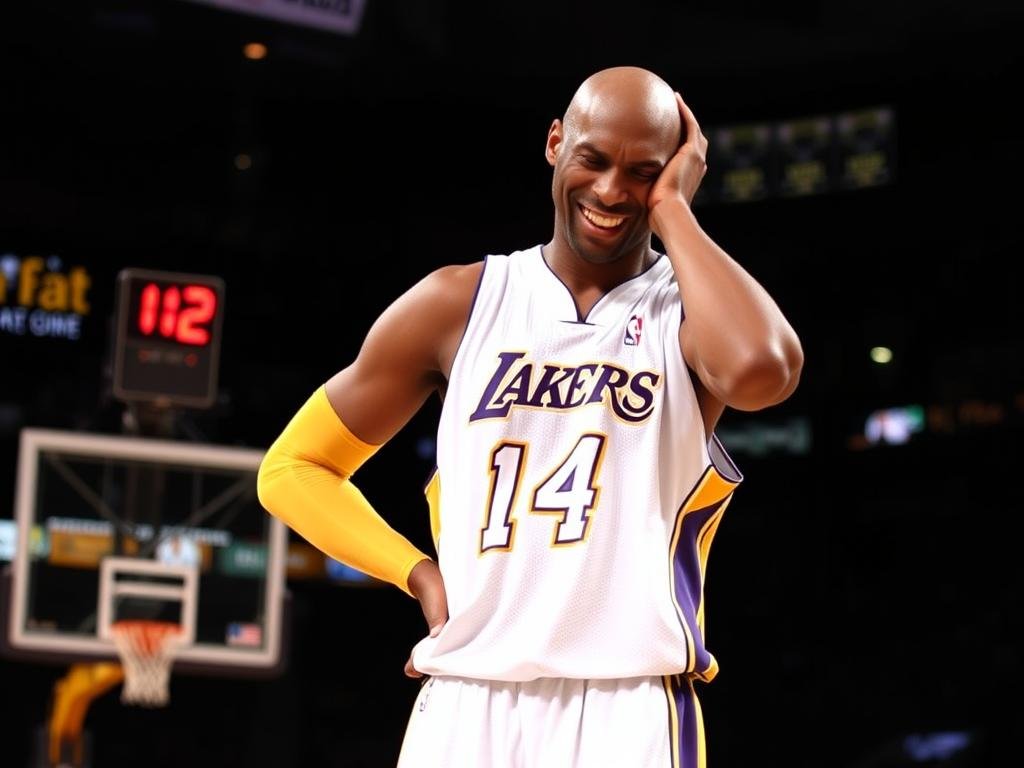
After tearing his Achilles tendon, Bryant still made two crucial free throws before walking off the court
In April 2013, during a crucial late-season game against the Golden State Warriors, Bryant suffered a torn Achilles tendon—an injury that has ended many careers. Instead of being carried off, Bryant insisted on staying in the game to shoot his free throws, making both before walking off the court under his own power.
This moment epitomized the mental toughness at the heart of the Mamba Mentality. When asked about it later, Bryant simply said, “I was just trying to do what I had to do… just trying to will the ball in the basket.”
The Olympic Mindset
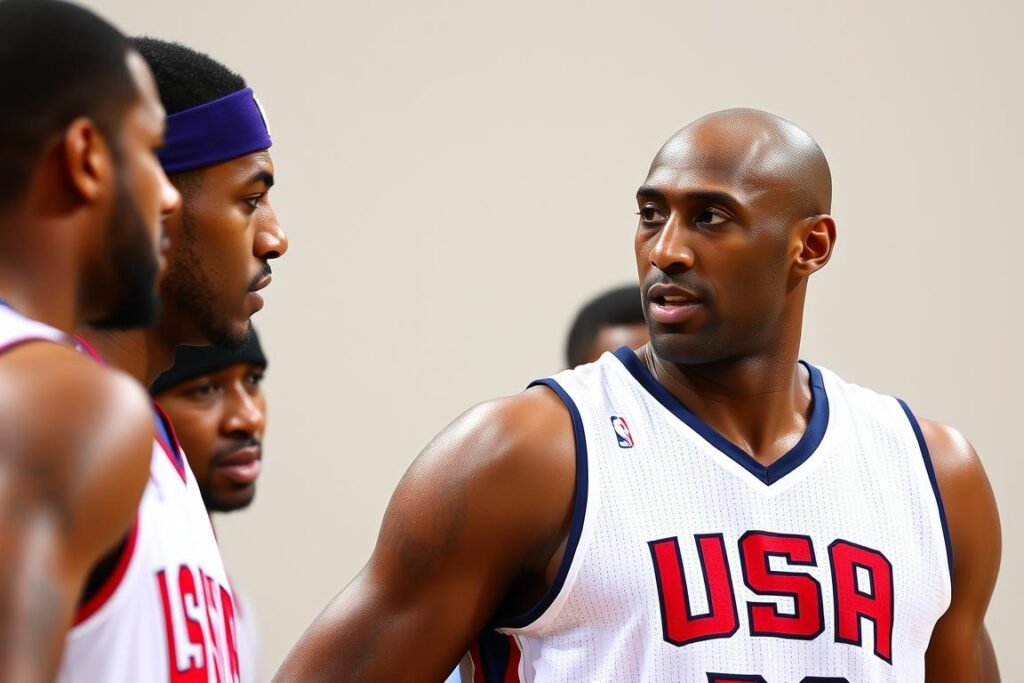
Bryant’s approach to Olympic competition influenced teammates like LeBron James
During the 2008 Olympics, Bryant’s approach to practice and preparation left a lasting impression on his teammates. LeBron James recalled how Bryant’s intensity changed the team’s mindset: “I remember there was one half when we were messing around. Kobe came into the locker room at halftime and asked us—in a less PG manner—what in the hell we were doing.”
James continued, “In the second half, I responded in a big way—I came out with a truly dominant mindset. And I’ve seen him lead that way ever since.” This example shows how the Mamba Mentality could transform not just an individual but an entire team’s approach.
From Court to Culture: The Mamba’s Global Impact
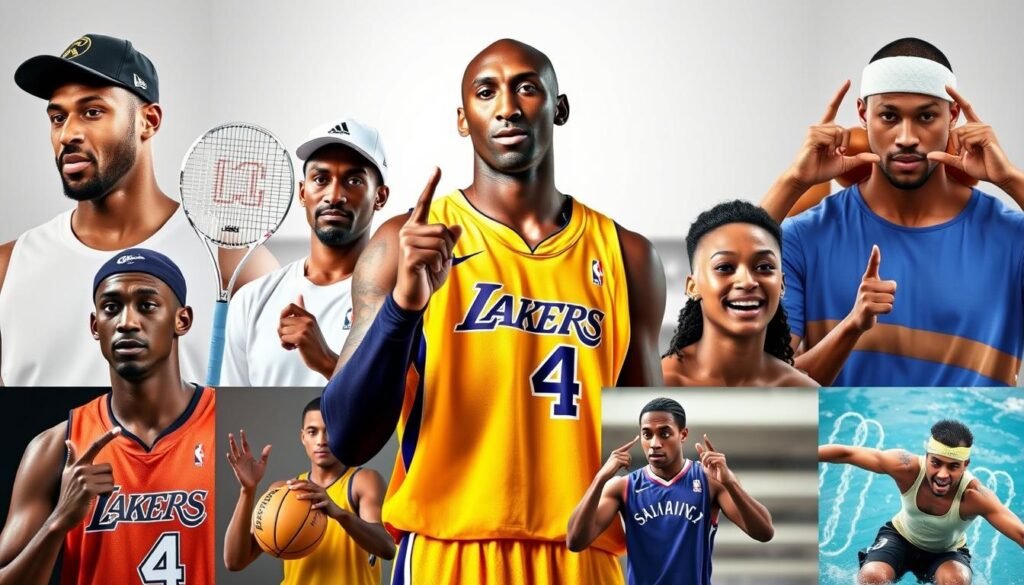
Bryant’s philosophy has influenced athletes across all sports worldwide
The Mamba Mentality has transcended basketball to become a cultural phenomenon. Athletes across sports reference it as inspiration for their own approach to competition and training.
Tennis star Naomi Osaka has spoken about how Bryant mentored her, writing after his passing: “Thank you for randomly texting me ‘You OK?’ because you know how f—ed up my head is sometimes.” NFL star Russell Wilson has cited the Mamba Mentality as influential in his preparation routine.
Beyond sports, the philosophy has permeated business culture, educational settings, and personal development. Silicon Valley executives cite Bryant’s approach when discussing startup mindsets. Schools have incorporated elements of the Mamba Mentality into character development programs.
The Mamba Sports Academy (later renamed the Sports Academy out of respect after Bryant’s passing) was founded to help young athletes develop not just physical skills but the mental approach that defined Bryant’s career.
“The most important thing is to try and inspire people so that they can be great in whatever they want to do.” — Kobe Bryant
From Court to Boardroom: Applying Mamba Mentality to Your Life

The principles of Mamba Mentality can be applied to any professional or personal pursuit
The beauty of the Mamba Mentality lies in its universality. While developed in the context of elite basketball, its principles can transform approaches to business, education, personal goals, and everyday challenges.
Define Your Own Version of Excellence
Bryant didn’t just want to win—he wanted to dominate with a specific style and approach. Similarly, defining your own version of excellence means identifying not just what you want to achieve but how you want to achieve it.
This starts with clarity about your goals and the standards you set for yourself. As Bryant put it: “It’s the one thing you can control. You are responsible for how people remember you—or don’t. So don’t take it lightly.”
Embrace the Process
The Mamba Mentality emphasizes falling in love with the process of improvement rather than just the results. This means finding satisfaction in the daily work of getting better, even when progress seems slow or recognition is lacking.
In practical terms, this might mean tracking your improvement in small, measurable ways. Bryant famously kept detailed notes on opponents and his own performance, constantly looking for edges to exploit and weaknesses to address.
Develop Mental Toughness
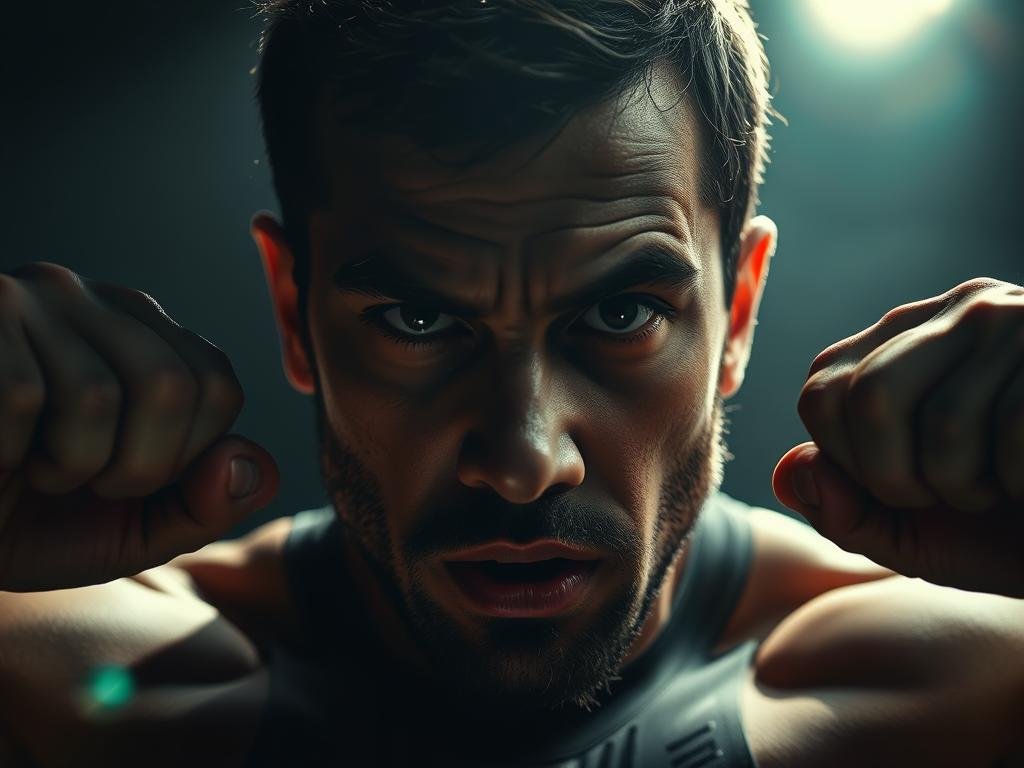
Mental toughness allows you to push through obstacles that stop others
Mental toughness—the ability to persist through difficulty, pain, and setbacks—was central to Bryant’s approach. He once said, “I have self-doubt. I have insecurity. I have fear of failure… I have nights when I show up at the arena and I’m like, ‘My back hurts, my feet hurt, my knees hurt. I don’t have it. I just want to chill.’ But I don’t allow myself to.”
Developing this quality means intentionally putting yourself in challenging situations and pushing through discomfort. It might mean setting the alarm earlier, taking on the difficult project others avoid, or continuing your workout when your body wants to quit.
Study the Masters
Bryant was famous for his deep study of basketball greats who came before him. He would call experts across fields at all hours seeking knowledge that could give him an edge.
This principle can be applied by identifying the masters in your field and studying their approaches. Read their books, watch their interviews, analyze their work, and where possible, seek direct mentorship. Then adapt what you learn to your own style and circumstances.
Set Audacious Goals
Challenge yourself with goals that seem just beyond your current capabilities. Bryant didn’t just want to be good—he aimed to be mentioned alongside Jordan and the all-time greats.
Embrace Failure
View failures as essential feedback rather than reasons to quit. Bryant’s airballs in the 1997 playoffs became motivation for thousands of practice shots that summer.
Maintain Perspective
Remember that the Mamba Mentality is about the journey of improvement. As Bryant said, “Once you know what failure feels like, determination chases success.”
The Eternal Legacy of Mamba Mentality
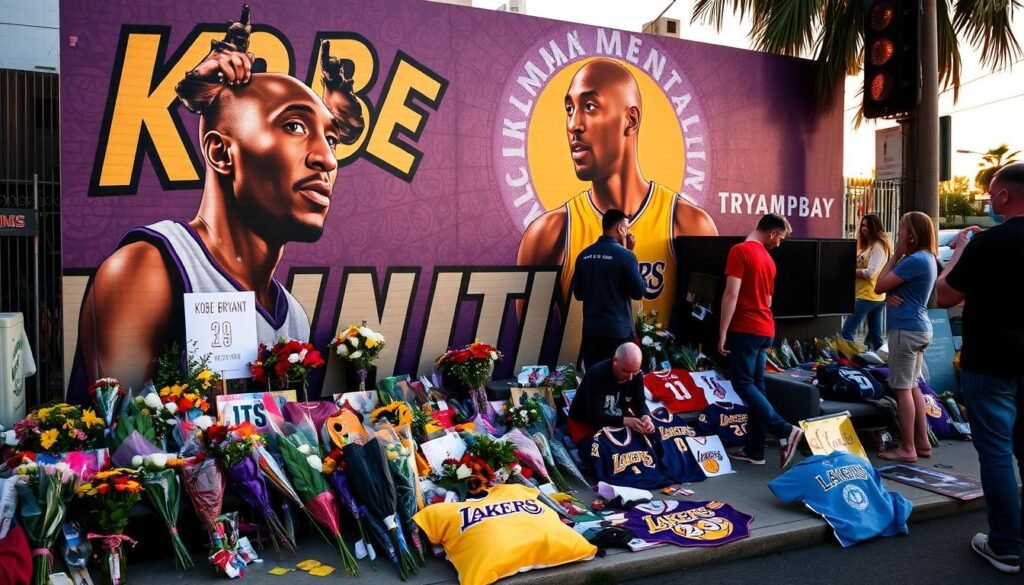
Bryant’s philosophy continues to inspire millions worldwide after his tragic passing
When Kobe Bryant, his daughter Gianna, and seven others tragically lost their lives in a helicopter crash on January 26, 2020, the world lost not just a basketball legend but a philosopher of excellence whose impact extended far beyond the court.
In the aftermath, “Mamba Mentality” became more than a personal philosophy—it evolved into a movement. Athletes across sports paid tribute by rededicating themselves to their craft with renewed intensity. Parents and coaches used Bryant’s principles to guide young people not just in sports but in academics and character development.
The Mamba & Mambacita Sports Foundation, established to honor Kobe and Gianna’s legacy, continues to provide underserved athletes with opportunities to develop both their skills and mindset. The foundation embodies Bryant’s commitment to “leave the game better than you found it.”
Perhaps the most powerful aspect of the Mamba Mentality’s legacy is how it continues to evolve and find new applications. What began as one athlete’s approach to excellence has become a blueprint for human potential that transcends sport, culture, and time.
“The most important thing is to try and inspire people so that they can be great in whatever they want to do.” — Kobe Bryant
Embracing Your Own Mamba Mentality

The journey to developing your own Mamba Mentality begins with a commitment to excellence
The Mamba Mentality isn’t about becoming Kobe Bryant—it’s about discovering the best version of yourself through dedication, continuous improvement, and fearless pursuit of your goals. It’s about approaching each day with purpose and each challenge as an opportunity.
As we’ve explored throughout this article, this mindset isn’t reserved for elite athletes or natural-born talents. It’s available to anyone willing to embrace the discomfort of growth, the discipline of daily practice, and the courage to pursue excellence without compromise.
In Bryant’s own words: “Mamba Mentality is about focusing on the process and trusting in the hard work when it matters most.” This is the essence of his legacy—not just the championships and accolades, but a blueprint for approaching life that continues to inspire millions worldwide.
The question isn’t whether you can develop the Mamba Mentality—it’s whether you’re willing to make the commitment to start your journey today.
Ready to Develop Your Mamba Mentality?
Download our free “Mamba Mentality Workbook” with exercises, reflection prompts, and action plans to help you apply these principles to your own goals. Start your journey toward excellence today.

